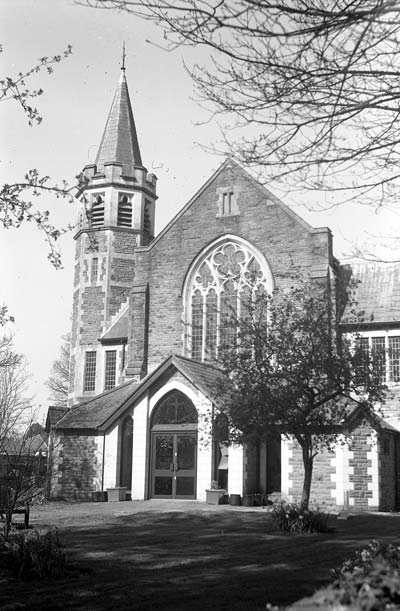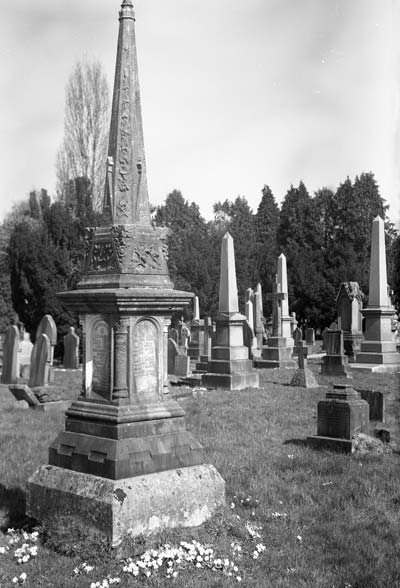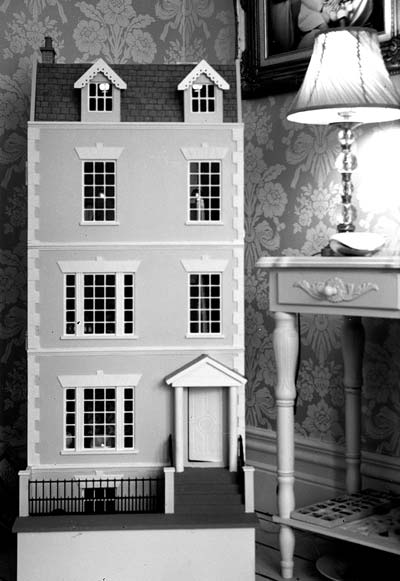Kodak Junior 620
Specification

| Manufacturer | : | Kodak |
|---|---|---|
| Produced | : | 1937 |
| Classification | : | Medium Format |
| Body Type | : | Folding Bed |
| Bellows Deployment | : | Self Erecting |
| Construction | : | Metal |
| Film Type | : | 620 |
| Film Width | : | 62mm |
| ImageSize | : | 2¼ x 3¼ in |
| No. of Images | : | 8 |
| Lens Type | : | Kodak Anastigmat |
| Focus Type | : | Variable |
| Focal Length | : | 105mm |
| Focal Range | : | 1.5m - inf. |
| Aperture Type | : | Iris |
| Aperture | : | f/4.5 - f/32 |
| Shutter Type | : | Kodak K8S |
| Shutter Speeds | : | T,B,1/150, 1/100,1/50,1/25, 1/10, 1/5, 1/2, 1 sec |
| Size Closed (w x h x d) | : | 88 x 155 x 36 mm |
| Size Open (w x h x d) | : | 105 x 155 x 120 mm |
| Weight | : | 623g |
Art Deco Credentials
![]()
![]()
![]()
![]()
Significant: Pronounced and self evident
- Produced during the main Art Deco period.
- Chrome side plates with geometric pattern
- Ornate chrome struts.
- Line embossed body covering.
- Concentric stepped circles on spool centres.
- Concentric stepped circles on shutter release.
- Concentric stepped circles on tripod mount.
- Chrome film winder.
- Chrome base plate lock.
- Chrome and black enamel brilliant finder
Description
The Kodak Junior 620 was introduced in 1933 and was discontinued in 1939. It is a self-erecting folding rollfilm camera. There are many variations of this camera with a variety of shutters and lenses. However, in 1937 it was redesigned with a body shutter release. Some 1937 models had chromium plated side panels, as the one shown here.This model was supplied with one of two shutters - K4S and K8S. The K number indicated the number of shutter speeds and the S indicated a self-timer.
This model has 8 shutter speeds as well as T and B and a delay timer. It has a superb f/4.5 lens with front focussing. It can focus down to 1.5m. The iris type aperture can be varied between f/4.5 and f/32.
It has an optical folding frame finder. Two tripod mounts are provided for portrait and landscape modes. It has a sliding metal cover for the red window.
How to Use
This camera takes 620 film which is still available from selected photographic outlets. Although the actual film is the same as 120 film, the spools are different. The 620 spools are slightly shorter and have a smaller diameter. Do not use 120 film in this camera because it will jam and may snap. It is possible to cut down a spool of 120 film to fit or to re-spool some 120 film onto 620 spools in a darkroom or changing bag.
If you are concerned about the exposure settings for this camera then don't worry. Either use the 'Sunny 16 rule' or the more simple 'Outdoor 8' rule.
The Outdoor 8 rule says that when shooting images outside in summer, in the middle of the day, set your shutter speed to reciprocal of the film ISO you are using. Then set your aperture to f/8. For example, if you are using ISO 100 film, then set your shutter speed to 1/100s (or as close as possible) and your aperture to f/8.
This works due to the latitude of negative film. In bright sunshine, your film will be 2 stops overexposed whereas in overcast weather your film will be exposed correctly. In heavy overcast conditions, your film will be 1 stop underexposed. Modern films can deal with this variation easily, even when developed normally.
Photographs taken with this Camera
Using respooled Ilford FP4+ film and developed in Ilford 'Simplicity'



